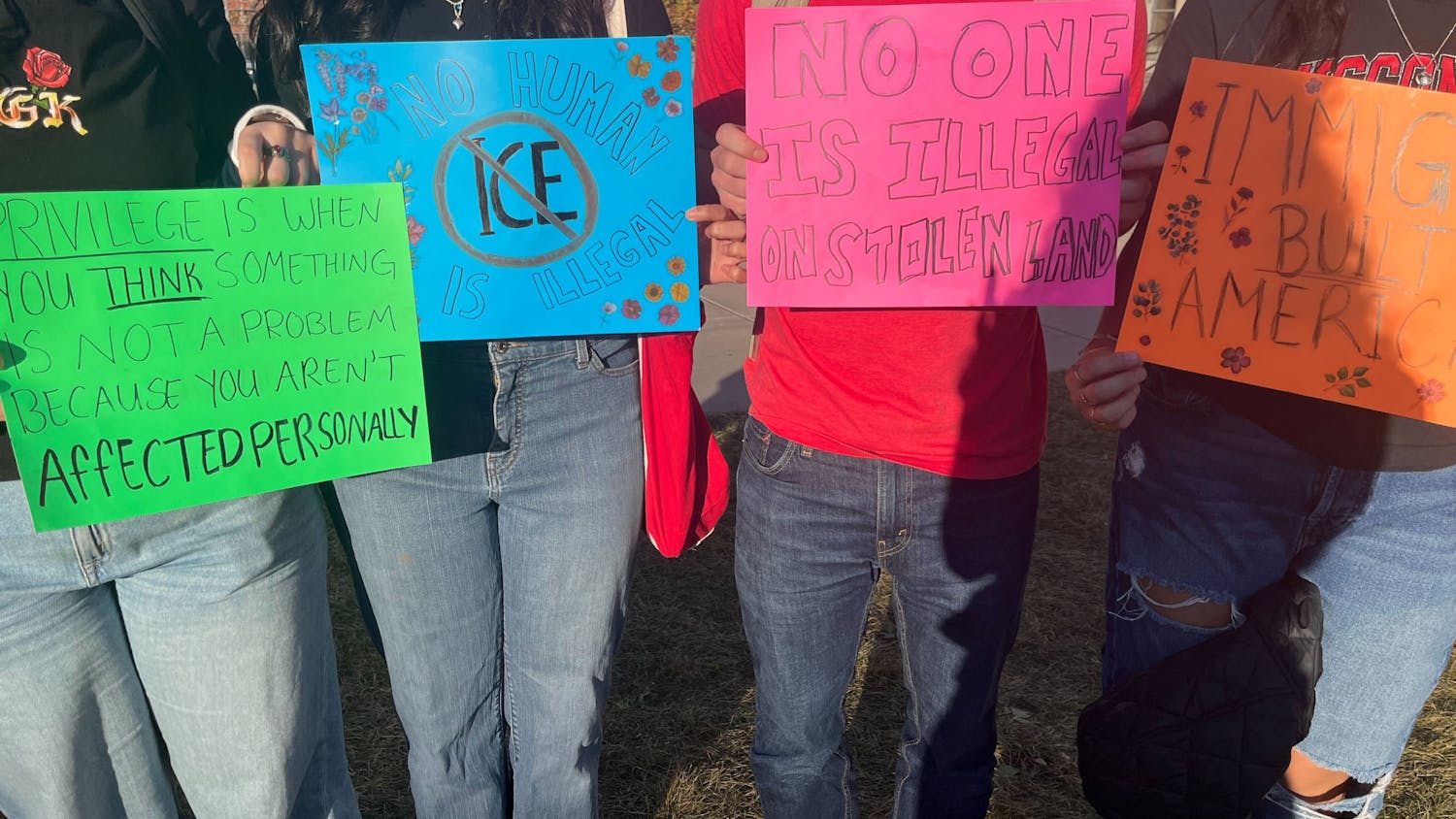Dane County officials are weighing homeless services and public safety in the latest round of budget negotiations with Dane County Sheriff Kalvin Barrett defending his department’s budget.
Barrett insisted his office has already met the county executive’s required 4% reduction and cannot absorb further cuts without risking public safety, while county officials say the agency has yet to demonstrate those reductions.
Dane County entered the 2026 budget cycle facing a $31 million shortfall and a directive from County Executive Melissa Agard for each department to cut 4% in general-purpose revenue (GPR). The sheriff's office did not present the required reduction at the Oct.27 Finance Committee meeting, and Barrett now says they already absorbed substantial cuts that meet the mandate and cannot sustain further reductions.
“We sent our budget to the county executive with the 4% already out and a very lean budget,” Barrett told The Daily Cardinal. “We didn't ask for certain things that we need every year, and that totaled $5.9 million.”
In 2024, the sheriff’s office requested and was allotted $112,202,983, making up 14.2 % of the county’s total budget. In 2025, the office was given $112,527,161, making up 13.8 % of the budget and showing a 4% cut.
Barrett said the sheriff’s office cut funding needed for dire upgrades including scanning technology, a roof repair at one jail facility and updated fire alarm systems. The office also postponed plans for new body cameras, recruitment consultants and new vehicles in response to the cuts, according to Barrett.
District 13 Supervisor and Finance Committee member Jay Brower told the Cardinal he has not seen cuts towards the GPR requirement.
The funding cut is helping finance social services initiatives such as a new men’s shelter and expanded housing and employment services.
“The purchase of service agencies in the county executives' budget were cut by 4%, and these nonprofits are hanging on by shoestrings,” Brower said. “They're under tremendous financial pressure, even before the current federal administration, but especially now.”
Barrett emphasized that social services and public safety are not mutually exclusive.
“What we can't do as a county with a $900 million budget is start taking from one to give to the other,” he said. “What we should be doing is both funding health and human services and protective services, because the county is a body that needs a left hand and a right hand.”
“This is not a this or that. It’s not human services or public safety. It has to be a this and a that,” Barrett said. “My challenge is for the county board: find other areas to fund us both.”
In the face of more cuts, Barrett is now worried about the effect on public safety.
“If people get sick or injured, it’s the sheriff's office that covers those areas for them,” Barrett said. “If we're not able to do that, that's going to compromise public safety for all of those smaller communities – which really is harmful. My biggest concern is if public safety starts to drop here in Dane County, what is the federal government going to do in regards to sending federal troops?”
The sheriff’s office originally faced a county board proposal to remove 28 vacant deputy sheriff positions, but an amendment was made to freeze only 20 positions. Barrett argues this cut would still affect public safety, especially in rural areas that rely on the city’s resources during major investigations or serious crashes.
Barrett said his office will feel the effects of the frozen positions. Current officers will need to put in overtime, and the frozen positions — although said by Brower to be revisited in the future — are not likely to be added back to the budget.
“It's been made very clear by the county board chair and others that next year's budget is going to be just as bad,” Barrett said. “By freezing the positions or removing the positions, we're going to continue to cover the need with time and a half, which is just going to cost the taxpayers of Dane County more money.”
Barrett worries that by pushing for the vacant positions to be filled, the wrong individuals will be hired. Instead, he believes the solution is for the Board to approve the funds for a recruitment officer.
“We really don't have resources that are going after targeted individuals and getting them to apply. The expectation from the board is that we're going to fill the positions, but yet we're not provided with the resources to do so.”
Barrett added hiring is far more arduous than most people realize: applicants must complete a 30 page application, take a written test, sit for a panel interview, pass a background investigation and a medical/psychological evaluation and then interview with a sheriff.
According to Barrett, a recruiting officer and time to hire the individuals would be his ideal compromise.
“The perfect compromise for us would be to give us all of the positions back, to provide us with a three to five year window to continue to hire high quality individuals, and we would like to have resources like providing us with funding and support to bring in a third party consultant to help us identify, qualify and attract candidates that are out there,” Barrett told The Cardinal.






